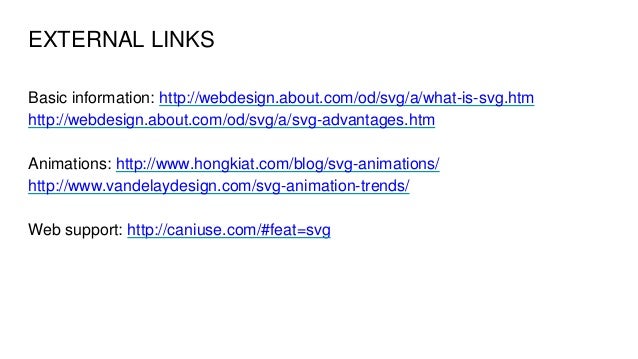
They can perform tasks on a site based on the permission level that they've been given.
#Flinto external links install
If your plan includes Office Professional Plus, they can't install the desktop version of Office on their own computers unless you assign them a license. They can use for viewing and editing documents.
#Flinto external links license
(To ensure that all guests are added to your directory, use the SharePoint and OneDrive integration with Azure AD B2B.)īecause these guests do not have a license in your organization, they are limited to basic collaboration tasks: These recipients will typically be added to your directory as guests, and then permissions and groups work the same for these guests as they do for internal users. When users share files and folders, recipients will also be prompted to sign in if they have:


You may want to turn it off globally before people start using sites or until you know exactly how you want to use the feature. (If you're trying to share a file or folder, see Share OneDrive files and folders or Share SharePoint files or folders in Microsoft 365.)Įxternal sharing is turned on by default for your entire SharePoint environment and the sites in it.

If you want to get straight to setting up sharing, choose the scenario you want to enable: This article describes what happens when users share, depending on what they're sharing and with whom. Planning for external sharing should be included as part of your overall permissions planning for SharePoint in Microsoft 365. External sharing in SharePoint is part of secure collaboration with Microsoft 365. You can also use external sharing to share between licensed users on multiple Microsoft 365 subscriptions if your organization has more than one subscription. The external sharing features of Microsoft SharePoint let users in your organization share content with people outside the organization (such as partners, vendors, clients, or customers).


 0 kommentar(er)
0 kommentar(er)
